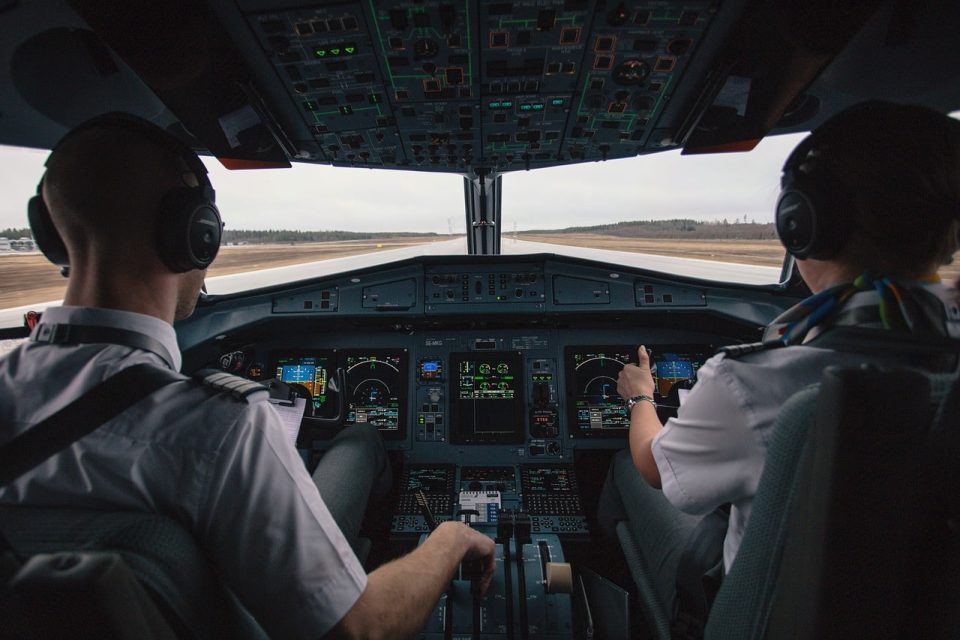Aerospace
Streamlining Aviation Licensing: India’s Latest Amendment to Aircraft Rule

To improve the effectiveness of operations in the aviation sector, certain minor amendments to Indian aviation regulations were introduced. Here is a summary of some key items covered by the new regulations.
- Date of Notification: The Amendment to Aircraft Rules, 1937 was officially notified in the Gazette on October 10, 2023.
- Alignment with International Standards: The amendments align India’s aviation regulations with the International Civil Aviation Organization’s (ICAO) Standards and Recommended Practices (SARPs) and international best practices.
- Consultation with Stakeholders: The amendments resulted from substantial consultations with stakeholders in the aviation industry, aimed at strengthening the existing safety and security framework.
- Key Revision – Rule 39C: The validity of licenses for Airline Transport Pilot License (ATPL) and Commercial Pilot License (CPL) holders has been extended from five years to ten years, reducing administrative burden and streamlining the licensing process.
- Amendment to Rule 66: The update clarifies the government’s jurisdiction over displaying “false lights” near aerodromes, extending it from 5 kilometers to 5 nautical miles. The government can take action against individuals displaying such lights that disrupt aircraft operations.
- Removal of Redundant Rule 118: Rule 118, related to the validation of foreign licenses, has been removed as it was considered redundant.
- Flexibility for Air Traffic Controllers: Amendments under Schedule III introduce flexibility for Air Traffic Controller License holders by allowing simulated exercises to meet competency requirements, enhancing their readiness in various situations.
- Enhanced Safety and Business Ease: These amendments represent a significant step towards strengthening aviation safety and security, while also promoting the ease of doing business in the aviation sector in India.
- Global Aviation Standards: The reforms aim to enhance the growth and sustainability of the aviation industry, ensuring it remains aligned with global aviation standards.
These points summarize the key aspects of the article regarding the Amendment to Aircraft Rules, 1937 in India.

Aerospace
When Ratan Tata was denied entry to the airfield at the Aero India show, he waited

During our visit to Aero India 2019, we had the unexpected opportunity to see Ratan Tata at the event, which was a thrilling moment for us. However, there was a surprising hiccup when the security staff didn’t allow him to enter due to a lack of a security pass.
Despite this, he remained calm and patiently waited for about 20 minutes until a member of the Tata team brought him the required pass, after which he calmly proceeded inside. It was a humbling sight, showcasing his composed demeanor even in such situations.
Ratan Tata ji is not only a renowned industrialist but also a trained pilot, holding a pilot’s license. In 2007, he became the first Indian civilian to fly the F-16 Falcon during the Aero India show in Bangalore—a proud moment for the nation.
His passion for aviation extended beyond flying, as he played a key role in shaping India’s aerospace industry. Under his leadership, Tata ventured into manufacturing and maintaining aerospace components while upholding its legacy of quality. Notably, Tata’s collaboration with Airbus to develop and manufacture the C295 aircraft is a testament to its growing influence in the sector.
-

 Aviation2 months ago
Aviation2 months agoMicrosoft Flight Simulator Raises $3 Million to Bring Back the An-225 Mriya
-

 Airlines2 months ago
Airlines2 months agoQatar Citizens Can Travel to the United States Without a Visa
-

 Aviation2 months ago
Aviation2 months agoQatar Airways bans these new Electronic Devices on plane
-

 Defence2 months ago
Defence2 months agoWhich Country Has the Largest Fleet of Fighter Aircraft?
-

 Airlines5 days ago
Airlines5 days agoDAMAC Air: Dubai’s New Luxury Airline Offers Free Flights for Registration
-

 Airport2 months ago
Airport2 months agoWestern Sydney Airport Welcomes Its First Plane After 6 Years of construction
-

 Airlines4 days ago
Airlines4 days agoAir India to Launch aircraft maintenance training institute in Bengaluru
-

 Aviation2 months ago
Aviation2 months agoDid you know ? Once Boeing 747 carried 1088 passenger in 1991








